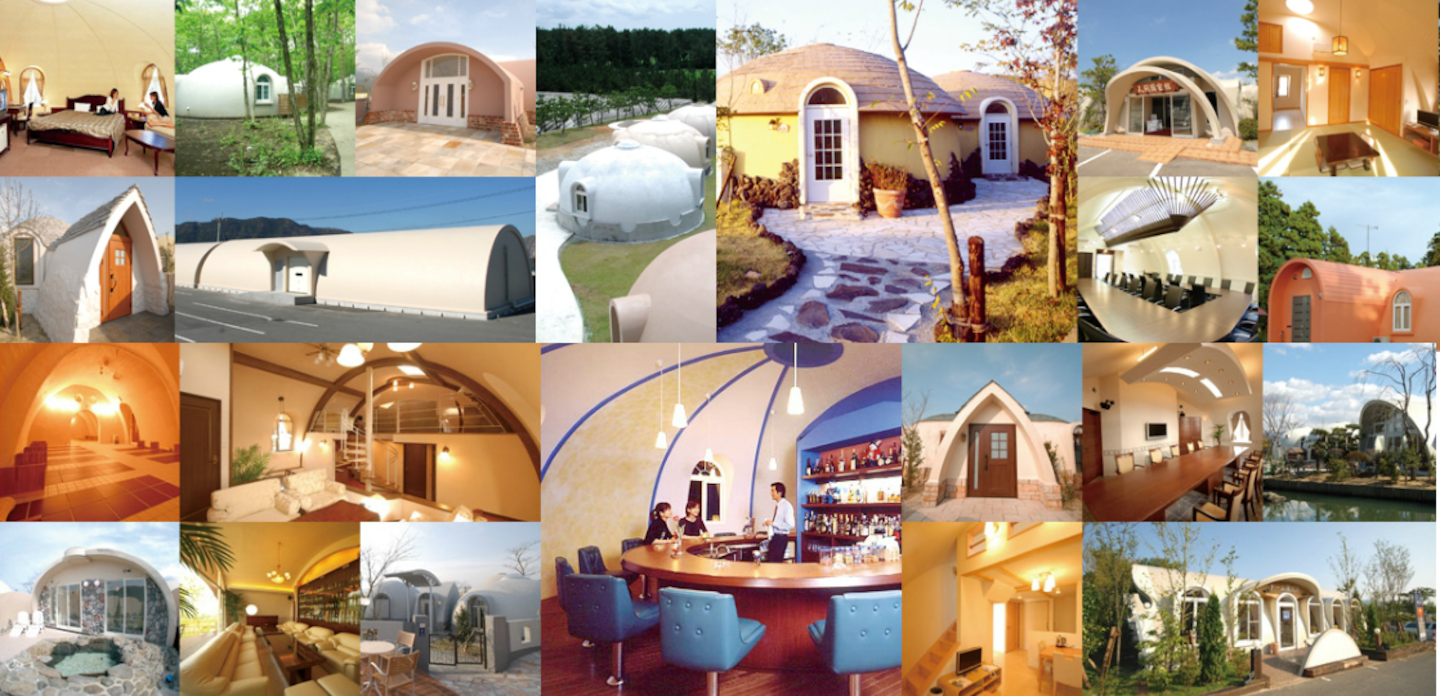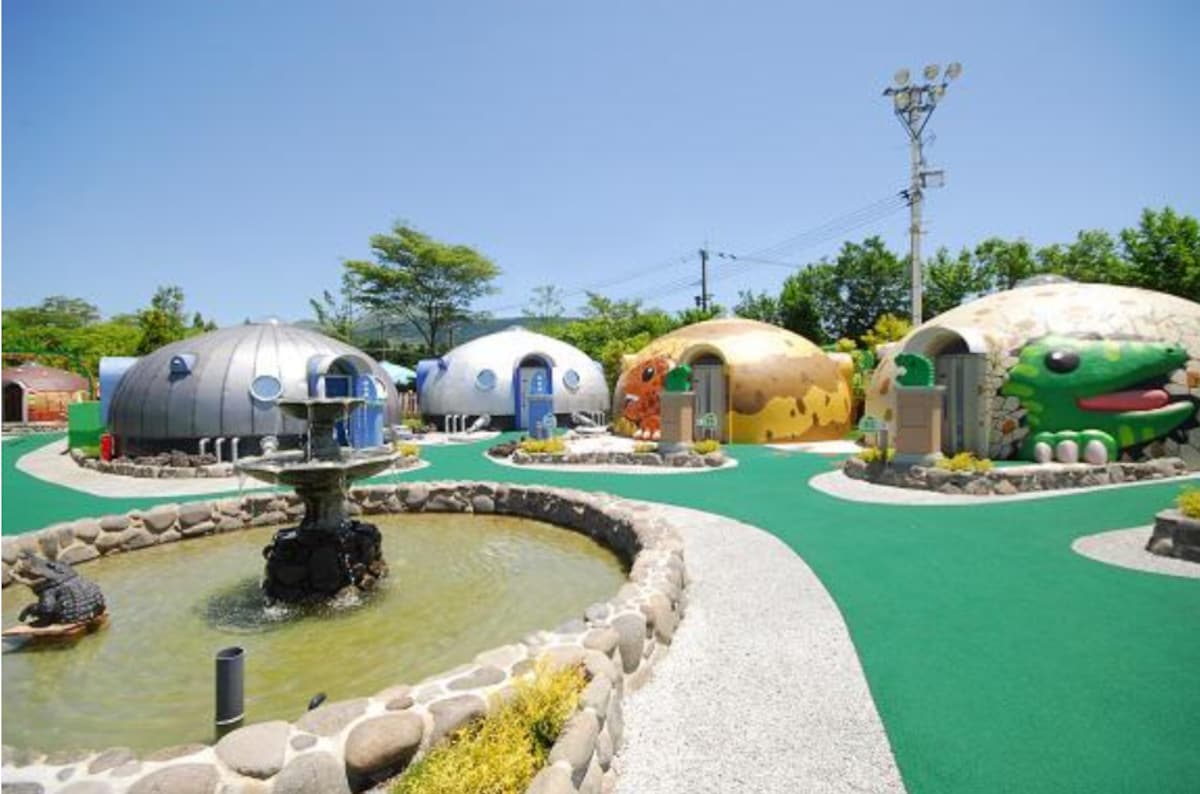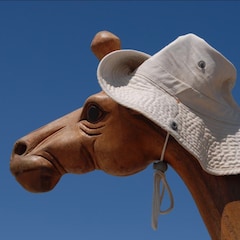How About a Dome House?
Roughly 1,500 earthquakes strike Japan every year. Though the majority are little more than unnerving rumbles, some can be catastrophic—such as the April 2016 earthquakes centered in Kumamoto, which had devastating effects across the prefecture.
By Lars Painterhttps://www.youtube.com/watch?v=0tFWn_e71qc
Japanese builders have developed a number of anti-earthquake techniques over the years, from the free-moving components of the nation’s pagodas to the reinforced concrete of its modern skyscrapers. One rarer earthquake-resistant design, however, is the dome house.
The appearance of a dome house, by current standards, seems futuristic—or perhaps retro-futuristic, like something out of a 1960s vision of the year 2000. But beyond their unique appearance, there are practical benefits to dome houses. The hemispheric shape makes a dome house far less vulnerable to the powerful winds of typhoons, and shake-table tests have found that a dome-shaped structure is virtually earthquake proof.
https://www.youtube.com/watch?v=YCnn_TezISY
Modern dome houses actually use expanded polystyrene, a so-called “fourth generation” construction material (after wood, iron and concrete) that’s both strong and light, adding to the structure's earthquake resistance. Additionally, this material does not rust like metal nor does it rot or succumb to termites like wood.
While based in Ishikawa Prefecture, dome house maker Japan Dome House Co., Ltd. has an office in Kumamoto Prefecture’s Aso Farm Land, a nature theme park in Aso-Kuju National Park. Farm Land features some 300 dome-shaped huts in which visitors can stay the night, many made in cute shapes to appeal to children, though more stylish designs are also available.
Japan Dome House builds its homes using 175-millimeter thick slices of expanded polystyrene. These walls also have superior insulating properties, meaning a reduction in energy usage for heating and cooling.
The exterior of one of these dome houses is typically coated either in cement (which is cheaper, though it tends to crack) or in a rust-free alloy of stainless steel and aluminum that protects the polystyrene against UV light.
Unfortunately, Aso Farm Land has been closed of April 16, 2016, due to damage to park structures and connecting roads caused by the Kumamoto earthquakes. But if you’re interested in investigating this unique kind of abode, take a look at the Japan Dome House website below. Who knows—it might just be the solution you're looking for!





